Terroir
Terroir
Herdade das Servas has its winery in Estremoz, in the district of Évora, in the northern part of Central Alentejo, where vineyards predominate at altitude, giving rise to fresher wines.
The terroir of the region, which in the context of Herdade das Servas includes vineyards in the municipalities of Estremoz and Borba, is on a plateau, characterized by the presence of three gentle slopes – the Serra d’Ossa, the Serra de São Miguel and the Serra de São Mamede – and bordered by a lowered surface, where the white marble deposits are located. The vineyards are at an average altitude of 300 meters, in an area of sedimentary origin and crossed by several watercourses.
The climate is continental Mediterranean, with hot, dry summers and cold, wet winters. The soil is also Mediterranean, red or yellow in color, with non-calcareous, normal materials (not alkaline) and a good presence of schist or grauvaques.
Vineyards
With an area of around 350 hectares of its own vineyards, Herdade das Servas stands out for its wine-growing heritage. A mosaic made up of eight vineyards, planted among holm oaks, olive trees and cork oaks and with different locations that complement each other in their identity. Most of the vineyards are dry-farmed, giving the wines an even greater authenticity and uniqueness.
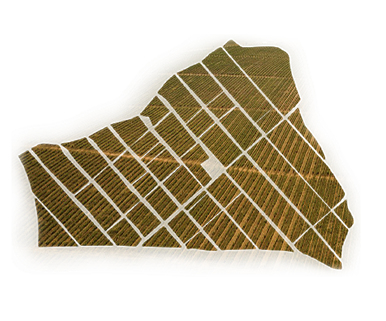
Azinhal Vineyard
Area: 90 hectares
Year planted: 1992
Soil: Mediterranean, red or yellow in color, with non-calcareous, normal (non-alkalinized) shale or grauvaque materials.
Azinhal Vineyard

Area: 90 hectares
Year planted: 1992
Soil: Mediterranean, red or yellow in color, with non-calcareous, normal (non-alkalinized) shale or grauvaque materials.
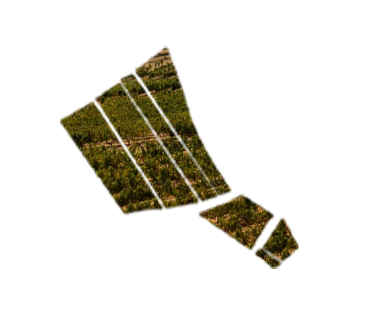
Cardeira Nova Vineyard
Area: 13 hectares
Year planted: 2014
Soil: Mediterranean, red or yellow in color, with non-calcareous, normal (non-alkalinized) shale or grauvaque materials.
Cardeira Nova Vineyard

Area: 13 hectares
Year planted: 2014
Soil: Mediterranean, red or yellow in color, with non-calcareous, normal (non-alkalinized) shale or grauvaque materials.
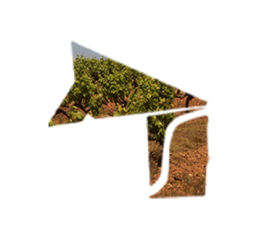
Cardeira Velha Vineyard
Area: 13 hectares
Year planted: 1972
Soil: Mediterranean, red or yellow in color, with non-calcareous, normal (non-alkalinized) shale or grauvaque materials.
Cardeira Velha Vineyard

Area: 13 hectares
Year planted: 1972
Soil: Mediterranean, red or yellow in color, with non-calcareous, normal (non-alkalinized) shale or grauvaque materials.

Clérigo Vineyard
Area: 22 hectares
Year planted: 1940 (10 ha) and 1990 (12 ha)
Soil: Mediterranean, brown, with non-calcareous, normal (non-alkalinized) shale or grauvaques.
Clérigo Vineyard

Area: 22 hectares
Year planted: 1940 (10 ha) and 1990 (12 ha)
Soil: Mediterranean, brown, with non-calcareous, normal (non-alkalinized) shale or grauvaques.
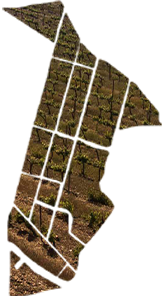
Judia Vineyard
Area: 40 hectares
Year planted: 1970s
Soil: Mediterranean, red or yellow in color, with non-calcareous, normal (non-alkalinized) shale or grauvaques, in the thin, stony phase.
Curiosity: In the 1990s, it was one of the first vineyards in the Alentejo to use the chip-bud or grafting* technique, which was applied to 20 hectares.
* Grafting technique that involves removing a portion of a branch from the plant, usually in the upper region, and replacing it with a fork containing the desired variety. This technique makes it possible to change the grape variety in a specific part of the vineyard, while keeping the roots and part of the original trunk intact.
Judia Vineyard

Area: 40 hectares
Year planted: 1970s
Soil: Mediterranean, red or yellow in color, with non-calcareous, normal (non-alkalinized) shale or grauvaques, in the thin, stony phase.
Curiosity: In the 1990s, it was one of the first vineyards in the Alentejo to use the chip-bud or grafting* technique, which was applied to 20 hectares.
* Grafting technique that involves removing a portion of a branch from the plant, usually in the upper region, and replacing it with a fork containing the desired variety. This technique makes it possible to change the grape variety in a specific part of the vineyard, while keeping the roots and part of the original trunk intact.
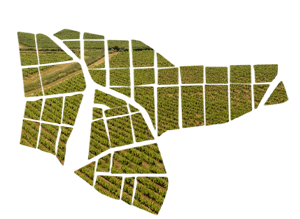
Louseira Vineyard
Area: 75 hectares
Year planted: 1992
Soil: Mediterranean, red or yellow in color, with non-calcareous, normal (non-alkalinized) shale or grauvaques in the thin phase.
Louseira Vineyard

Area: 75 hectares
Year planted: 1992
Soil: Mediterranean, red or yellow in color, with non-calcareous, normal (non-alkalinized) shale or grauvaques in the thin phase.
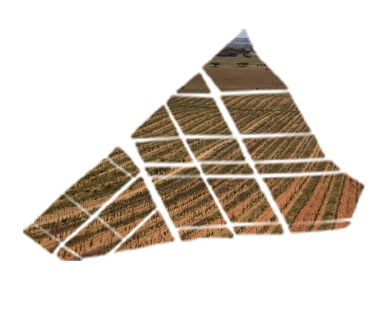
Pêro Lobo Vineyard or Oliveiras Vineyard
Area: 28 hectares
Year planted: 2015
Soil: Mediterranean, red or yellow in color, with non-calcareous, normal (non-alkalinized) materials, schist or grauvaques.
Pêro Lobo Vineyard or Oliveiras Vineyard

Area: 28 hectares
Year planted: 2015
Soil: Mediterranean, red or yellow in color, with non-calcareous, normal (non-alkalinized) materials, schist or grauvaques.
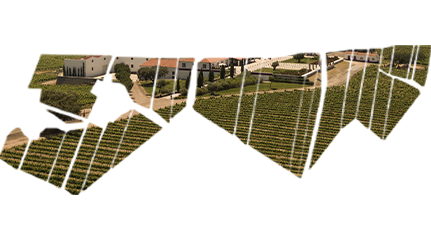
Servas Vineyard
Area: 71 hectares
Year planted: 2007
Soil: Mediterranean, red or yellow in color, with non-calcareous, normal (non-alkalinized) shale or grauvaques, in the thin, stony phase.
Servas Vineyard

Area: 71 hectares
Year planted: 2007
Soil: Mediterranean, red or yellow in color, with non-calcareous, normal (non-alkalinized) shale or grauvaques, in the thin, stony phase.
- Continental Mediterranean climate, with hot, dry summers and cold, wet winters.
- The soil is predominantly limestone, with some areas of shale.
- More than 1 million vines
The Estremoz terroir is valued by demanding consumers who look for wines with character, elegance and typicality.
Contact us at:
Follow us on social media:














